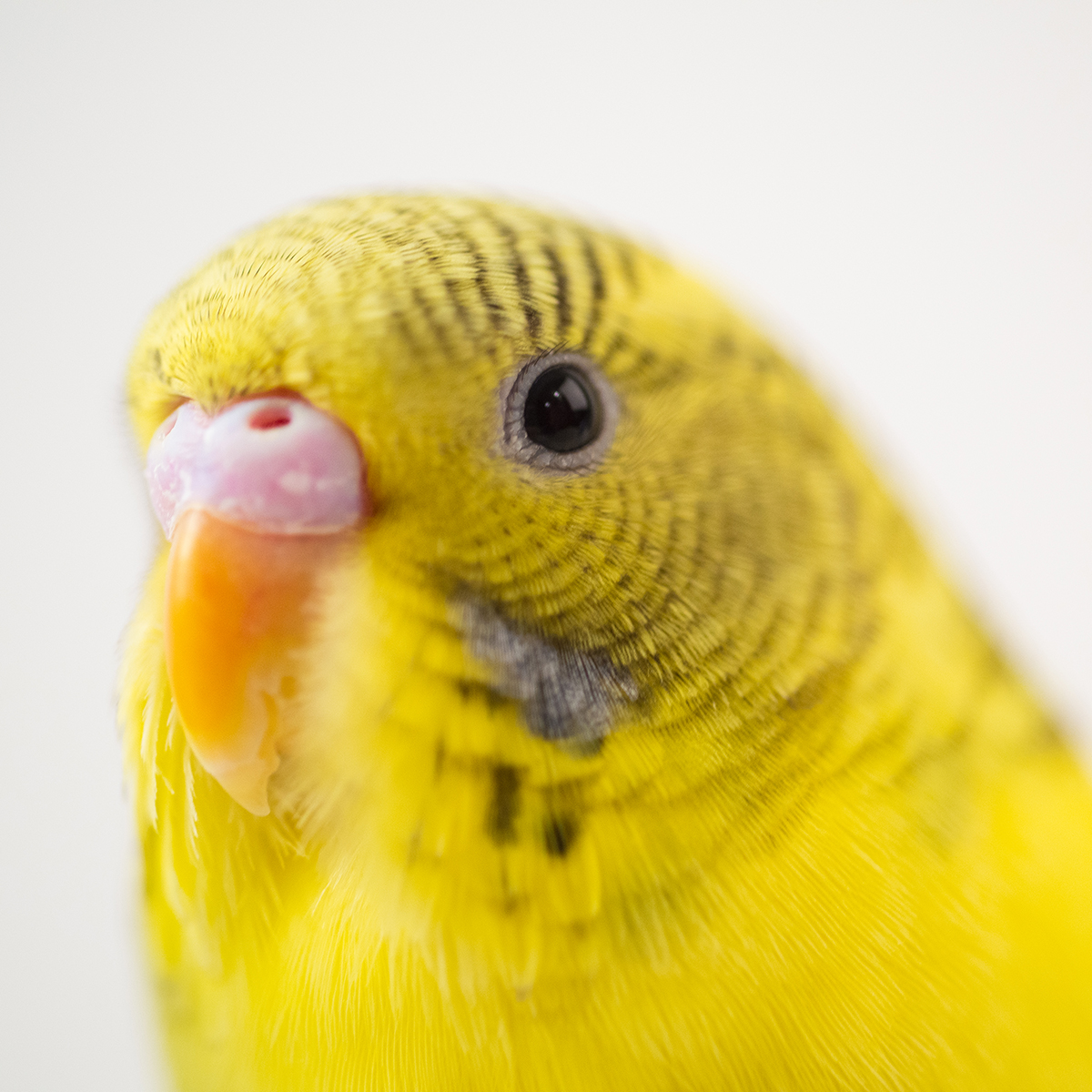As the temperatures drop, pets face unique challenges that can impact their health and safety. At All Pet Center, we’re committed to helping you keep your furry friends warm, healthy, and safe throughout the winter months. Here are some practical cold-weather tips to ensure your pet stays comfortable, no matter how chilly it gets.
1. Protect Paws from the Elements
Cold weather can be harsh on your pet’s paws. Snow, ice, and salt on sidewalks can cause irritation or injury. To protect your pet’s paws:
- Use pet-safe booties for outdoor walks.
- Apply paw balm to create a protective barrier.
- Check their paws after walks for any cracks, cuts, or stuck ice.
Keep an eye out for limping or excessive licking, as these may indicate discomfort or injury.
2. Adjust Outdoor Time
While exercise is essential, it’s important to limit your pet’s exposure to cold weather. Prolonged time outside can lead to hypothermia or frostbite, especially in pets with short coats or small breeds.
- Shorten outdoor playtime during frigid days.
- Always monitor your pet for signs of cold stress, such as shivering or lethargy.
- Create a safe, warm space for outdoor pets, such as a well-insulated shelter with bedding.
3. Layer Up with Coats or Sweaters
Some pets, especially those with short fur or thin builds, need extra protection in cold weather. Dressing your pet in a coat or sweater can help them retain body heat.
- Ensure the clothing fits snugly but doesn’t restrict movement.
- Choose weather-resistant materials for extra protection on snowy or rainy days.
4. Watch for Signs of Cold Stress
Even with precautions, pets can still become too cold. Be aware of symptoms that indicate your pet needs to warm up:
- Shivering or trembling
- Sluggish behavior or weakness
- Whining or seeking shelter
If your pet shows any of these signs, bring them indoors immediately and contact a veterinarian if symptoms persist.
5. Keep Them Hydrated
Just like in warmer months, hydration is vital for pets in winter. Dehydration can still occur, especially if your pet spends time in heated environments.
- Ensure your pet has access to fresh, unfrozen water.
- Check outdoor water bowls frequently to prevent freezing.
6. Avoid Dangerous Substances
Winter introduces additional hazards, such as antifreeze and de-icing chemicals, which can be toxic to pets.
- Store antifreeze securely and clean up spills immediately.
- Use pet-safe de-icers for sidewalks and driveways.
- Wipe your pet’s paws after walks to remove harmful residues.
7. Maintain Regular Veterinary Check-Ups
Cold weather can exacerbate certain health conditions, such as arthritis. Regular check-ups help ensure your pet’s health needs are being met during the winter months.
- Discuss any mobility changes with your veterinarian.
- Consider joint supplements or treatments for pets with arthritis.
- Stay up-to-date on vaccinations to protect against seasonal illnesses.
8. Keep Indoor Pets Cozy
For pets that stay indoors, a warm, comfortable environment is essential.
- Provide soft bedding away from cold drafts or tile floors.
- Use a heated pet bed for older pets or those with thin coats.
- Monitor indoor temperatures to ensure it remains safe for pets.
9. Avoid Overfeeding During Winter
While it may seem logical to give your pet more food in colder weather, indoor pets don’t require the same calorie increase as outdoor animals. Adjust their diet based on their activity level to prevent unnecessary weight gain.
10. Update ID Tags and Microchips
Winter weather increases the risk of pets getting lost due to snowy conditions or reduced visibility. Ensure your pet’s ID tags and microchip information are up to date to help them find their way home if they become lost.
Final Thoughts
Winter can be a magical time for you and your pets, but it also requires extra care to keep them safe and healthy. By following these tips, you can enjoy the season together while minimizing risks.








